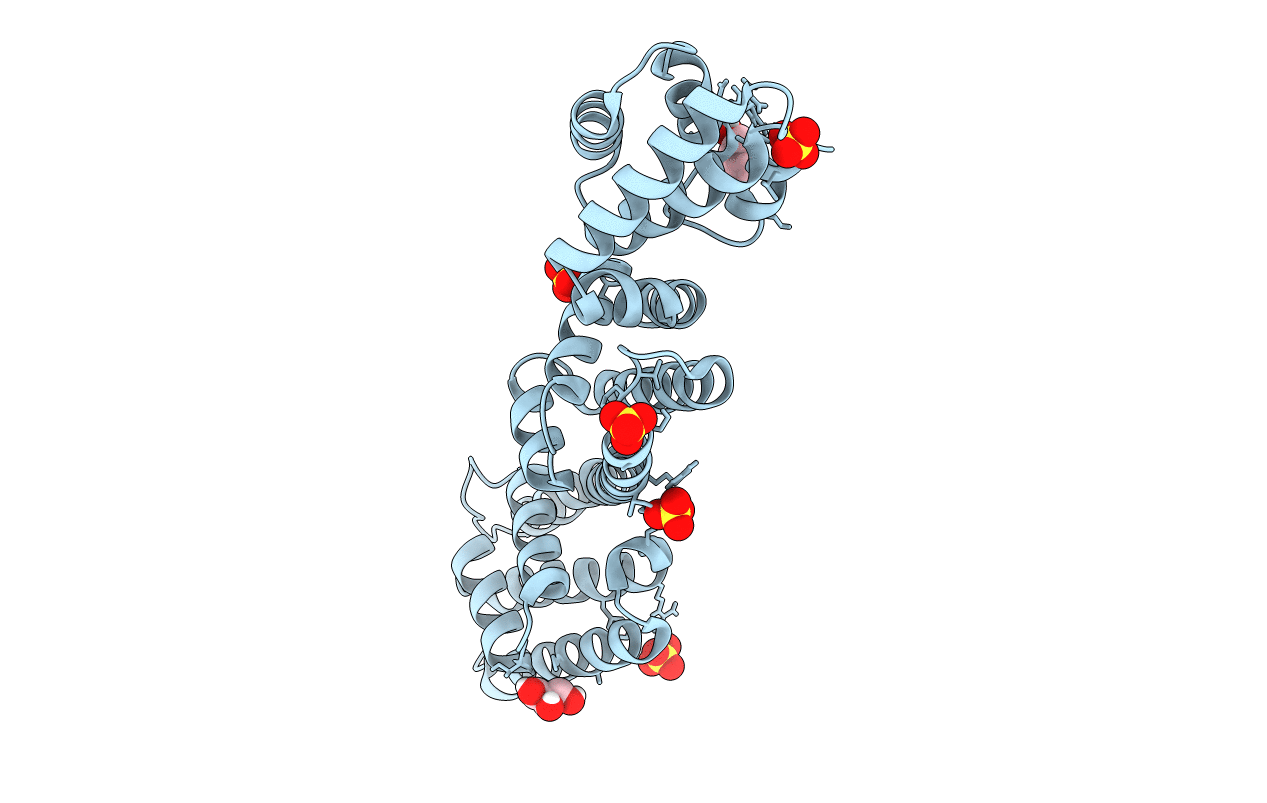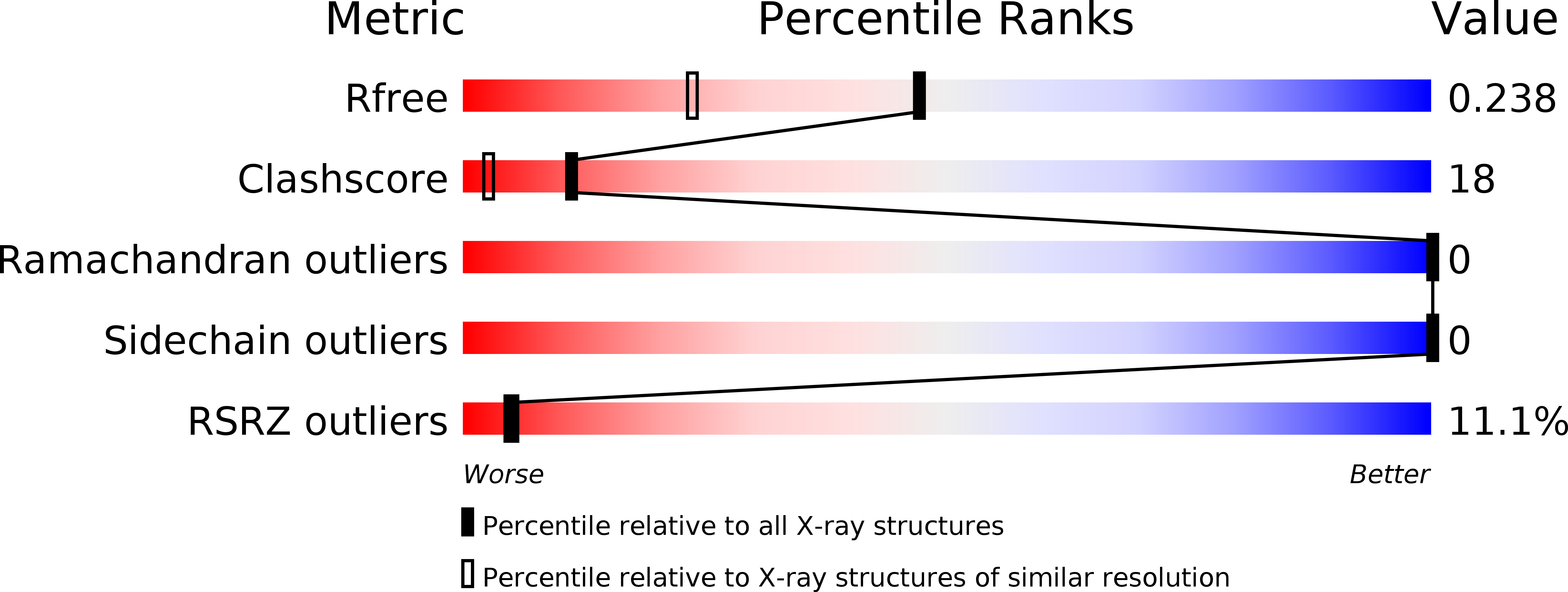
Deposition Date
2014-03-10
Release Date
2014-07-30
Last Version Date
2023-12-27
Entry Detail
Biological Source:
Source Organism:
Chlamydia pneumoniae (Taxon ID: 83558)
Host Organism:
Method Details:
Experimental Method:
Resolution:
1.77 Å
R-Value Free:
0.23
R-Value Work:
0.18
R-Value Observed:
0.18
Space Group:
P 21 21 21


